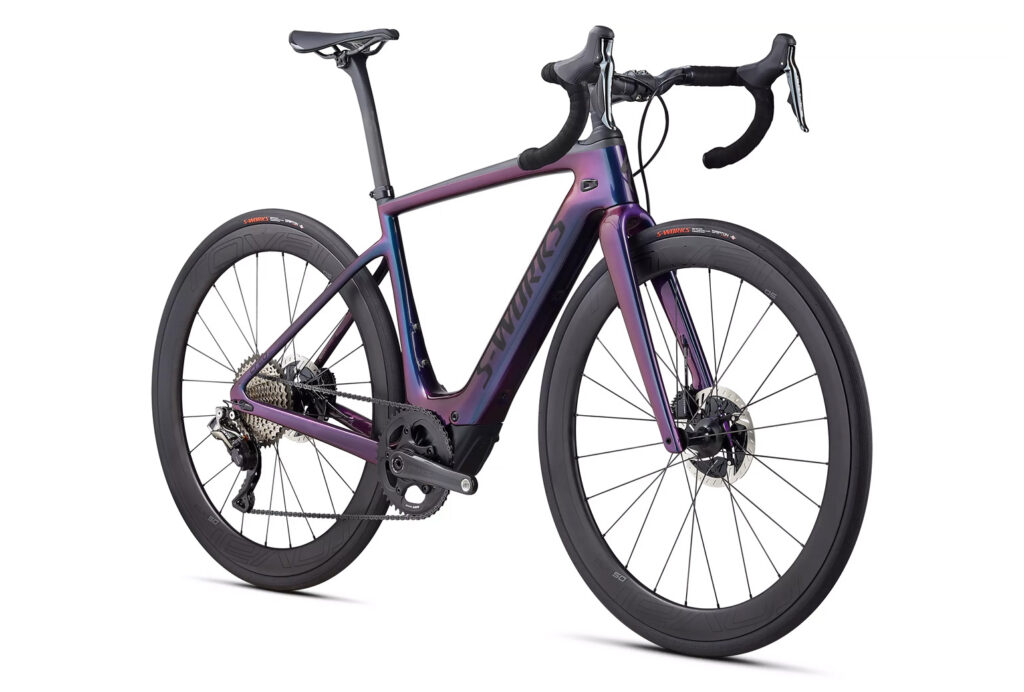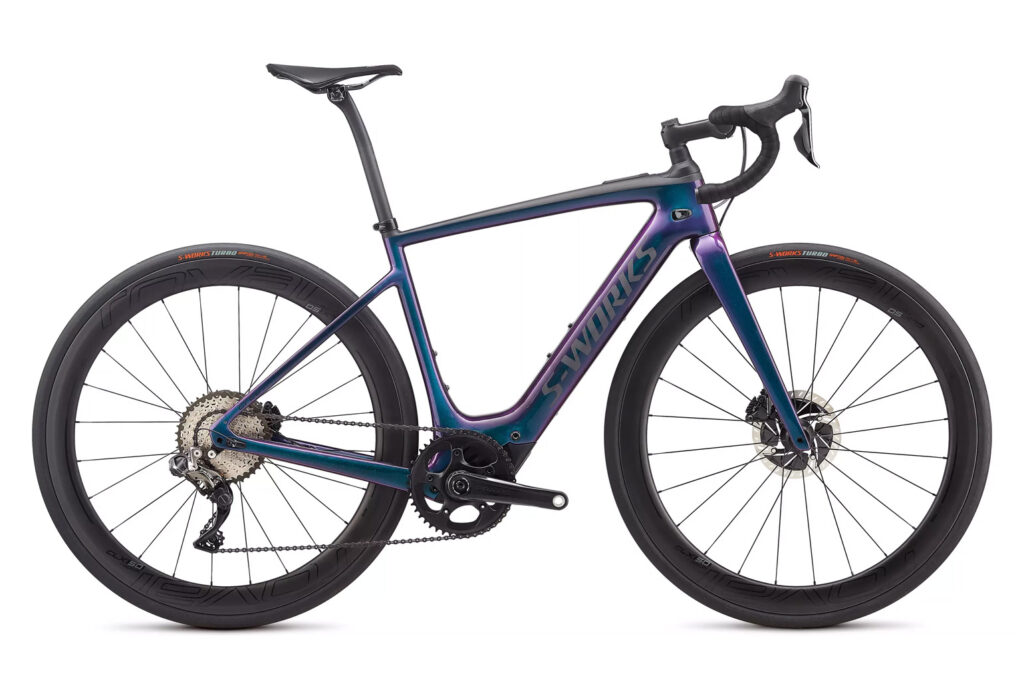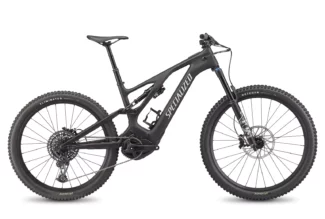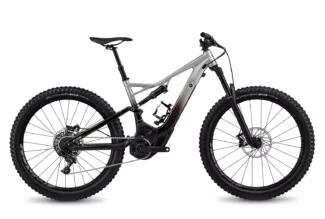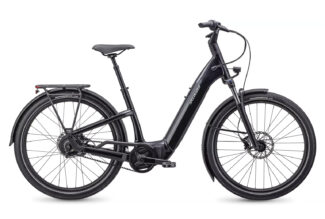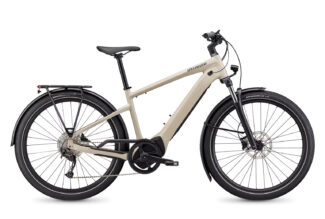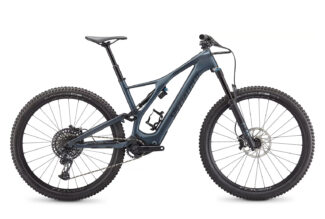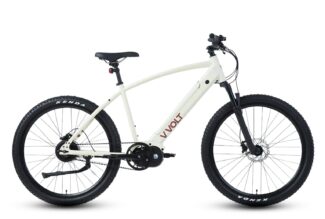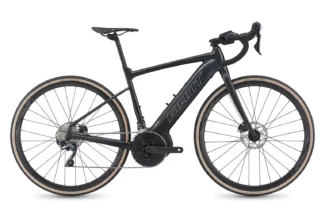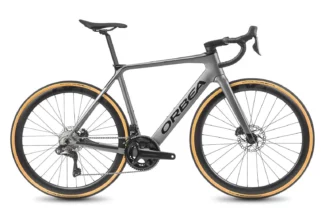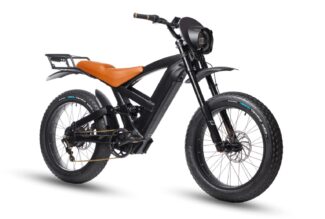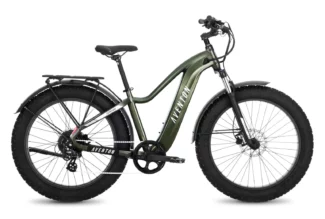E-Bike Overview
The most-talked-about feature of the Turbo Creo SL is its 240-watt Specialized SL 1.1 lightweight motor, which has been built to operate both smoothly and quietly. The motor has a dynamic torque curve to deliver power exactly in sync with your typical riding tempo. This also means there’s no resistance or drag when riding independently.
Additionally, the e-bike has four assist modes that are managed by the control unit positioned on the top of the tube: Off, Eco, Sport, and Turbo. Each of these modes can be further tailored using the brand’s Mission Control app.
Another noteworthy feature is the addition of Specialized S-Works Turbo RapidAir 2BR tires. These reduce rolling resistance by one watt per tire, improve grip, and extend a tire’s lifespan by about 1,000 kilometers when compared to the original S-Works Turbo RapidAir tires.
Reasons to Buy
The Creo SL is pounds lighter than competing models, making it the lightest e-bike in its class. While its lightweight frame presents obvious advantages for maneuverability and handling, it also lessens the total system weight and leads to increased range.
Many e-bikes average up to 45 miles on a single charge, but not the Turbo Creo SL. With up to 80 miles of range from the internal battery and up to 40 additional miles with the optional range extender, this e-bike is built for long days hitting the trails.
As you would expect from a premium e-bike, the Turbo Creo SL has also been designed for maximum comfort. It provides a seamless riding experience where the bike simply feels like an extension of your body. Its transitions are smooth and subtle, yet there’s no denying its unparalleled power to help you conquer your toughest of rides.
Things to Consider
The most obvious downside to the Specialized Turbo Creo SL is its hefty price tag, with the top-of-the-range S-Works Turbo Creo SL EVO costing $14,750. As serious e-bike riders understand, however, you get what you pay for. Although more expensive than the average electric bike, you can still pick up a model from this range for as low as $6,000 for the Turbo Creo SL Comp E5.


